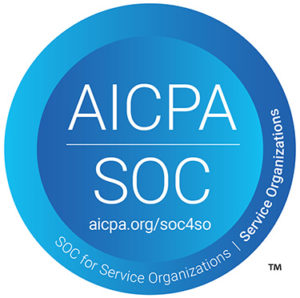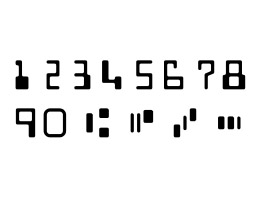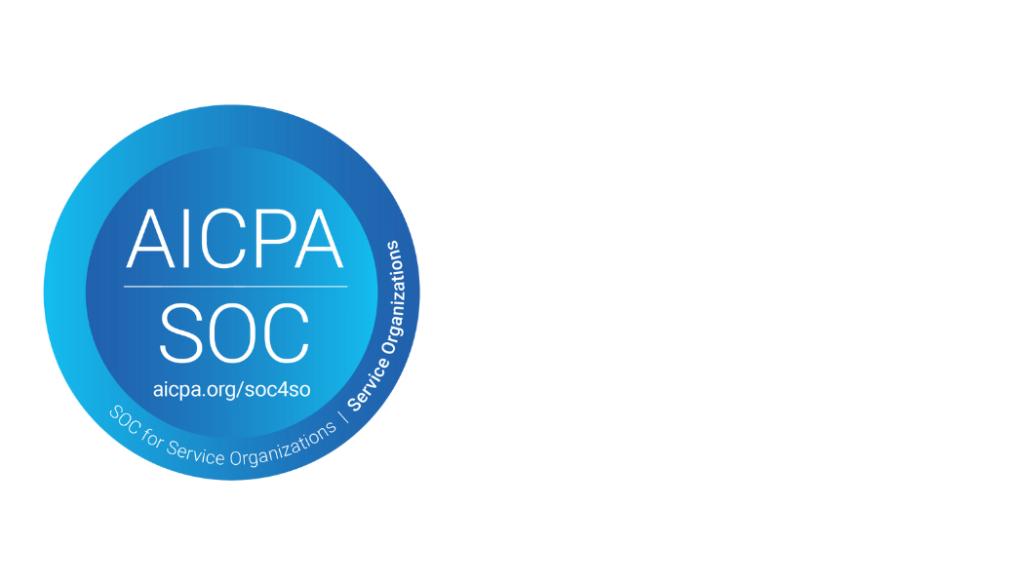
|
MICR (Magnetic Ink Character Recognition) capture has stood the test of time, having been printed on checks since 1959. Not much has changed in the methods of printing the MICR ink on checks, however, a lot has changed in the technology to capture and read those characters more efficiently. Technology has certainly improved in MICR read heads used in MICR readers and check scanners. So, how does the process work?First, let’s look at what is captured in that jumble of numbers. The first nine numbers are the routing and transit (R/T) number indicating the bank on which the check is drawn. The next set of numbers indicate the account number against which the check was written. The final numbers indicate the check number. Each check is printed with a series of characters on the bottom of the document. These characters are printed with a special type of ink that has additional magnetic resonance characteristics allowing it to absorb and emit a magnetic signal. As the check enters the scan path, the magnetic ink passes over a magnet in the scanner to “charge” the ink before it passes over the MICR read head. The MICR read head is a device built into the scanner designed to read the magnetic signal emitted by the MICR ink characters on the check. Each character produces a unique waveform which is read and translated by the MICR read head. Challenges to accurately reading the MICR characters include the speed at which the characters pass by the MICR read head, the consistency of the ink on the document, the quality of the ink on the document, the MICR algorithm used to interpret the signals, and the quality of the MICR read head. How do you know the MICR read is accurate?In order to get an accurate MICR read, the characters need to pass by the head and the right speed and at a consistent speed. If the characters pass by too fast or too slow or at an inconsistent speed, it will affect the signal read by the MICR read head. Since signals of certain characters are very similar, it is easy to incorrectly read a 2 as a 5, or a 3 as an 8, or a 4 as a colon. The application will either insert the incorrect character if it has a high degree of confidence, or an @ sign if the confidence is low. Does the type of check make a difference?Checks too can vary in quality. Checks, for example, purchase from a Sunday paper add can be of lower quality than checks purchased through a FI. This can affect the quality of the MICR ink in two ways. First, the printing can be inconsistent on lower quality checks. Sometimes the printing is too heavy and sometimes too weak. The variance can even occur on the same document, with some characters printed heavier than others. This can affect the MICR read accuracy as the ink may bleed on heavier prints and may be too weak to read on lighter prints. The quality of the MICR algorithm to compensate for these variances will be critical to the success in correctly reading the MICR characters. Some algorithms will compensate for these variances. However, the other way to overcome this issue is by reading the MICR line optically in order to have a backup comparison for verification purposes. What else impacts MICR read accuracy?The quality of the MICR head will also impact the accuracy of the magnetic reading of the MICR line. Some scanners have a belt that guides the check over the MICR head, yet also runs over the MICR head when a check is not present. This can cause additional wear to the device. MICR technology has been around for many decades, yet, the techniques to read the MICR line are always evolving and improving. Today, it is not unusual to see MICR read rate accuracy in the mid to high 99 percentile range. The cost of inputting characters that can’t be read ranges from $.05-$.10 per item, while the cost of repairing misread items that aren’t caught at the teller window can range from $9-$27 per item. These costs are significant to the ROI of a teller or branch check capture project and prove the importance of accurate MICR reading by the scanner and related software. For more information about branch and teller check capture, contact us. |
Also check outBe sure to check out our related scanner products: |




